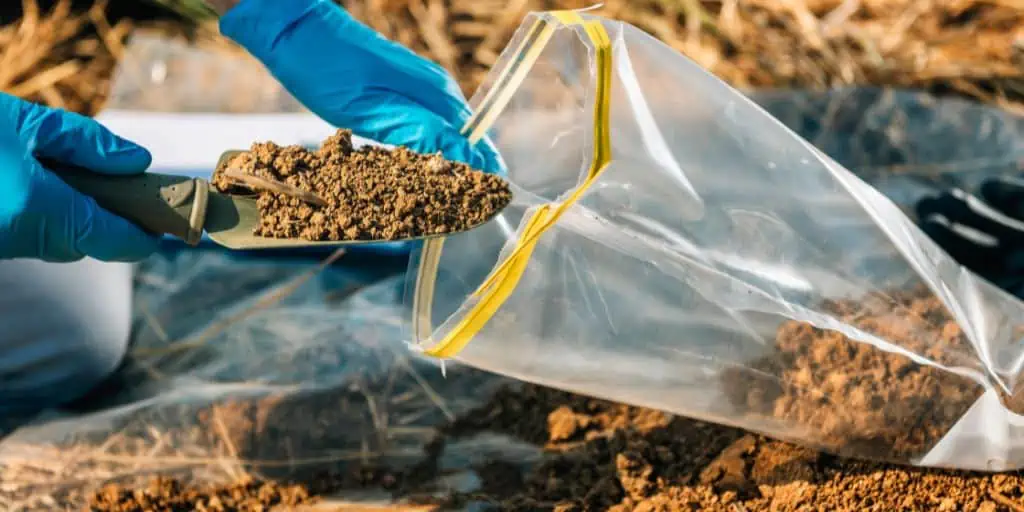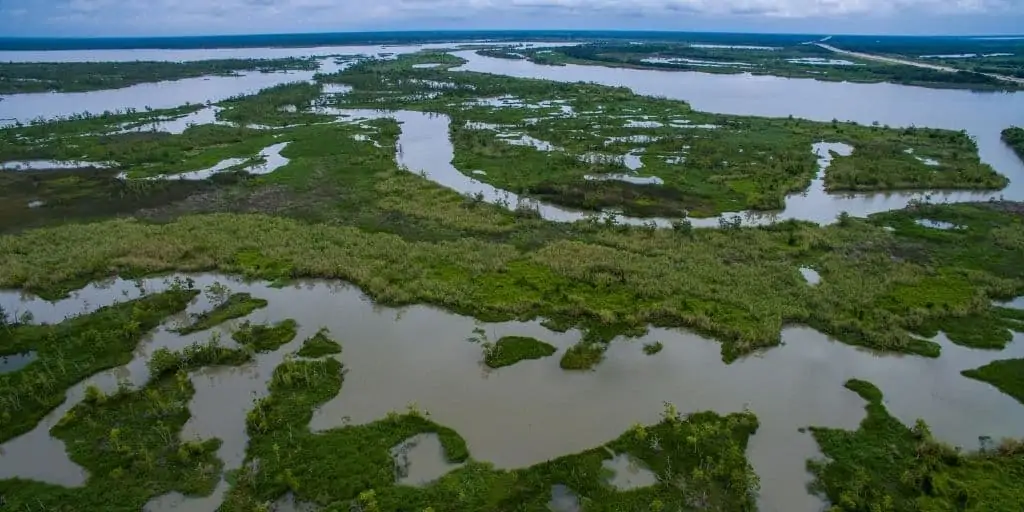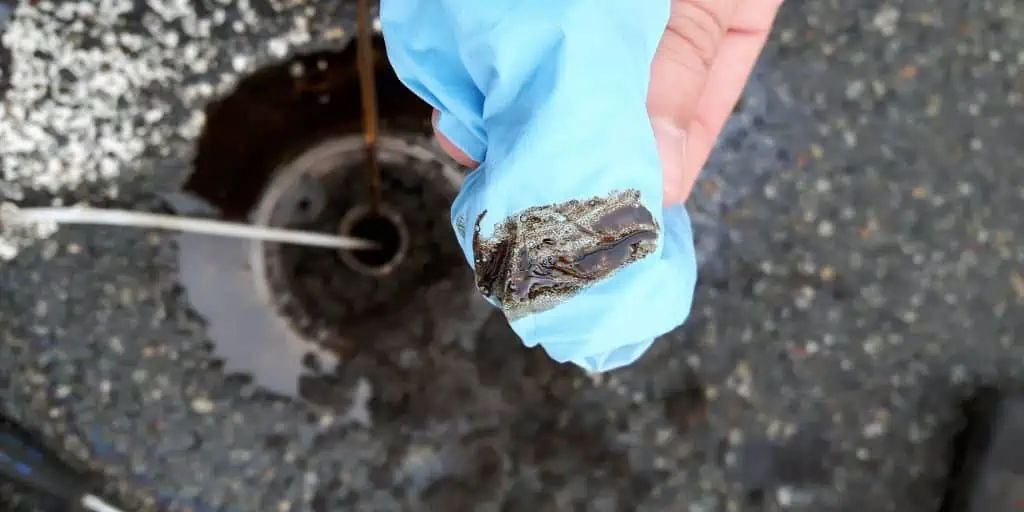What Is an Environmental Report?
REtipster does not provide legal advice. The information in this article can be impacted by many unique variables. Always consult with a qualified legal professional before taking action.
Why an Environmental Report Is Necessary
An environmental report, also called an environmental site assessment (ESA), is an inspection of the physical and environmental condition of a real estate holding. It aims to identify the underlying environmental contamination of the property that may pose a human health risk to potential property occupants. It may also evaluate the physical aspects of any improvements and those effects, especially negative ones, on potential occupants.
The presence (or chance of being present) of these contaminants may either decrease the property’s value or, in some cases, make it completely unsuitable for human habitation.
In many cases, environmental reports are necessary steps for a lender to assess risk. For example, a type of environmental report called the records search and risk assessment (RSRA) is a requisite step for a lender to approve an SBA loan[1].
Environmental reports are vital for developing commercial real estate with more stringent approval requirements than residential properties. As such, it is part of many commercial real estate feasibility studies, which are part of overall due diligence.
Depending on the results of an environmental report, the lender may approve or reject the development of the property.
The Three Phases of an Environmental Report
In general, a complete environmental report consists of two phases: the Phase I ESA, the Phase II ESA, and Phase III ESA. These are so-called because, typically, Phase II cannot proceed without the results of Phase I, while Phase III cannot proceed without the results of Phase II.
Phase I involves researching the likelihood of site contamination using public and private records, visual observation, and historical research.
Phase II is the actual testing of the contaminants themselves. Phase II is not always required, but the lender may order a more thorough investigation if the results of the Phase I inspection reveal a high likelihood of exposure to hazardous substances and contaminants.
Meanwhile, Phase III is the actual remediation of the contaminants found in Phase II, should the developer, lender, or investor decide that the benefits of environmental remediation are worth the cost (as opposed to, for example, shuttering the project completely).
Phase I Site Assessment
As the name suggests, a Phase I Environmental Site Assessment is a preliminary report that aims to uncover the presence (past or present) of any potentially dangerous contaminants in a property. These contaminants are referred to as recognized environmental conditions (RECs).
A Phase I ESA is undertaken by a licensed environmental professional or an environmental engineering company and should follow federal regulatory guidelines. The methods and tools that this third party will use should comply with the American Society for Testing and Materials (ASTM) standards for environmental inspections[2], particularly ASTM E1527-21.
Broadly speaking, this environmental professional reviews databases, records, photographs, and city and county directories, as well as a visual reconnaissance of the property and its surroundings. They may also interview residents of the adjoining properties and examine their medical records, if necessary.
When a Phase I Site Assessment report implies a high likelihood of contamination, a lender may order the second phase of the site assessment.
Phase II Site Assessment
A Phase II Site Assessment is the physical and in-depth inspection of the property to gain tangible and measurable evidence of the contaminants that are likely to be present.
It is usually triggered by the results of a Phase I ESA (if there is a distinct possibility of REC presence), but certain properties, such as gas stations, dry cleaners, or any site that stores hazardous chemicals, will automatically require a Phase II Site Assessment even without a Phase I[3].
While environmental firms may have different techniques for performing Phase II assessments, their practices should comply with ASTM standards, in particular ASTM E1903-19[4].
In general, the environmental firm will:
- Take samples of soil and water.
- Test these samples for contaminants, and cross-reference acceptable levels with local, state, and federal regulations.
- Inspect the local ecosystem of the site, flora, and fauna.
- Evaluate the interior and identify the presence of lead, radon, or mold (if there is a structure erected on the site).
- Identify wetlands and nearby flood zones.
Phase III Site Assessment
A Phase III Site Assessment is, like Phase II is from Phase I, dependent on the results of Phase II.
If the presence of RECs in a property is to the degree that can still be mitigated or remedied, stakeholders in the property may order a Phase III ESA. Otherwise, they may simply scrap the project.
A Phase III assessment may include additional testing to determine a mitigation plan. This plan accounts for the size, source, and degree of contamination.
An environmental firm will usually do the following in a Phase III ESA[5]:
- Soil remediation: excavation, disposal, and replacement
- Soil vapor probing and extraction
- Groundwater contamination monitoring
- Bioremediation
- Attenuation, through natural and artificial means
- Thermal treatment
- Air quality testing, monitoring, and purification
Frequently Asked Questions on Environmental Reports
Here are common questions related to an environmental report.
Who Orders an Environmental Report?
The lender or the developer usually orders an environmental report as part of due diligence.
In some cases, the local government may require a comprehensive environmental report in compliance with federal laws and regulations to ensure that any given property does not pose a health hazard to the neighborhood[6].
In addition, the Comprehensive Environmental Response, Compensation, and Liability Act (CERCLA, or Superfund)[7] mandates the assessment and remediation of contaminants in commercial property.
Is an Environmental Report Always Required?
Technically speaking, no. Not all commercial properties need an environmental report, but lenders will usually ask for an ESA in order to protect their investment in the project.
Investors may also find an environmental assessment a good way to head off risk down the road. For example, if they forego an environmental assessment, either willfully or due to budget constraints, an undiscovered contaminant may render tenants or guests sick due to exposure, making them liable to lawsuits, fines, or renovations.
How Long Does an Environmental Report Take?
From Phase I to III, environmental reports may take anywhere from a few days to more than a month.
Since the report involves a comprehensive investigation of a property’s history and present condition and remediation if necessary, the firm may take as long as they need to obtain the correct information. For example, a Phase II Site Assessment alone can take up to four weeks[8], from requesting a Phase II down to the final report.
Takeaways
- An environmental report is part of a due-diligence study ordered on a real estate holding to identify the presence of contaminants, technically called recognized environmental conditions (RECs).
- Assessing the property is an essential preliminary step so the lender can understand the risk of underwriting the property development.
- A complete environmental report often comes in two parts: a Phase I ESA and Phase II ESA, which examines property records for the likelihood of REC presence and the hands-on physical inspection of the property, respectively.
- Not all commercial properties need to have an environmental report, but it is a recommended part of due diligence and risk mitigation for many lenders, investors, and developers.
Sources
- SBA Records Search with Risk Assessment. (n.d.) Partner Engineering and Science, Inc. Retrieved from https://www.partneresi.com/client-types/agency-lenders/sba/sba-records-search-risk-assessment
- Standard Practice for Environmental Site Assessments: Phase I Environmental Site Assessment Process. (2021, December 21.) American Society for Testing and Materials. Retrieved from https://www.astm.org/e1527-21.html
- Standard Practice for Environmental Site Assessments: Phase II Environmental Site Assessment Process. (2020, January 8.) American Society for Testing and Materials. Retrieved from https://www.astm.org/e1903-19.html
- What Is A Phase 2 Environmental Site Assessment? (2022, August 17.) Millman National Land Services. Retrieved from https://millmanland.com/knowledge/phase-2-environmental-site-assessments/
- Phase III Environmental Site Assessment (ESA). (n.d.) Omega Environmental. Retrieved from https://www.omegaenv.com/environmental-consulting-firm-services/assessments-testing-inspection/phase-iii-assessment/
- Rodriguez, J. (2019, July 19.) When Is an Environmental Site Assessment Needed? LiveAbout. Retrieved from https://www.liveabout.com/what-is-an-environmental-assessment-do-i-need-one-844484
- Summary of the Comprehensive Environmental Response, Compensation, and Liability Act (Superfund). (2022, September 12.) United States Environmental Protection Agency. Retrieved from https://www.epa.gov/laws-regulations/summary-comprehensive-environmental-response-compensation-and-liability-act
- Novick, I. (2021, December 8.) Phase 2 Environmental Site Assessment FAQs. Lev. Retrieved from https://levcapital.com/blog/financing/phase-2-environmental-site-assessment/










